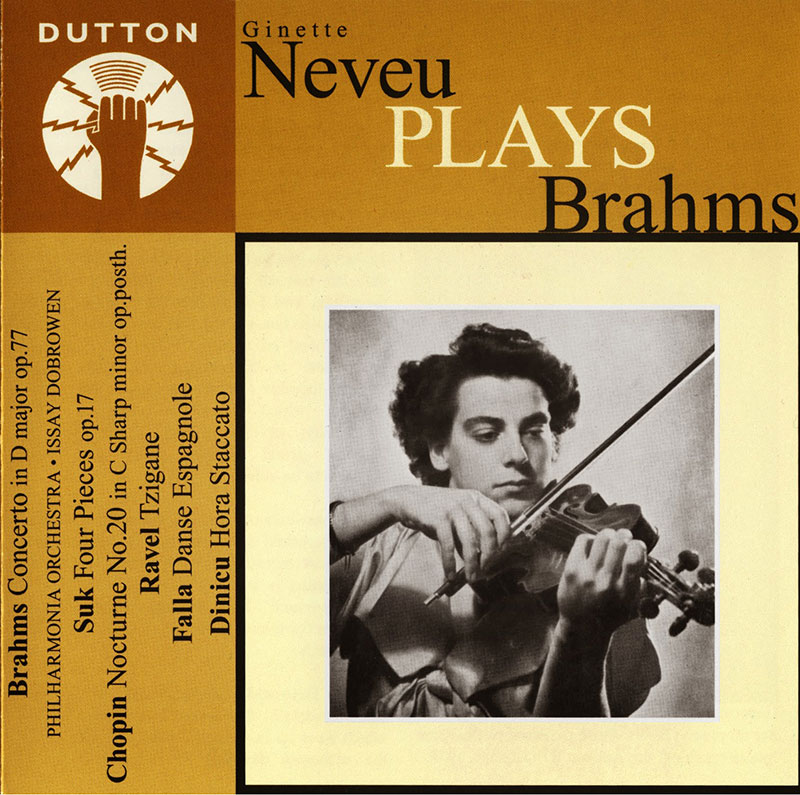Logowanie
Dlaczego wszystkjie inne nie brzmią tak jak te?
Chai Lang, Fan Tao, Broadcasting Chinese Orchestra
Illusive Butterfly
Butterly - motyl - to sekret i tajemnica muzyki chińskiej.
SpeakersCorner - OSTATNIE!!!!
RAVEL, DEBUSSY, Paul Paray, Detroit Symphony Orchestra
Prelude a l'Apres-midi d'un faune / Petite Suite / Valses nobles et sentimentales / Le Tombeau de Couperin
Samozapłon gwarantowany - Himalaje sztuki audiofilskiej
PROKOFIEV, Stanislaw Skrowaczewski, Minneapolis Symphony Orchestra
Romeo and Juliet
Stanisław Skrowaczewski,
✟ 22-02-2017
BARTOK, Antal Dorati, Philharmonia Hungarica
Dance Suite / Two Portraits / Two Excerpts From 'Mikrokosmos'
Samozapłon gwarantowany - Himalaje sztuki audiofilskiej
ENESCU, LISZT, Antal Dorati, The London Symphony Orchestra
Two Roumanian Rhapsodies / Hungarian Rhapsody Nos. 2 & 3
Samozapłon gwarantowany - Himalaje sztuki audiofilskiej
Winylowy niezbędnik
ClearAudio
Cartridge Alignment Gauge - uniwersalny przyrząd do ustawiania geometrii wkładki i ramienia
Jedyny na rynku, tak wszechstronny i właściwy do każdego typu gramofonu!
ClearAudio
Harmo-nicer - nie tylko mata gramofonowa
Najlepsze rozwiązania leżą tuż obok
IDEALNA MATA ANTYPOŚLIZGOWA I ANTYWIBRACYJNA.
Wzorcowe
Carmen Gomes
Celebrating the art and spirit of music - vol. 5 - Reference Songs
- CHCECIE TO WIERZCIE, CHCECIE - NIE WIERZCIE, ALE TO NIE JEST ZŁUDZENIE!!!
Petra Rosa, Eddie C.
Celebrating the art and spirit of music - vol. 3 - Pure
warm sophisticated voice...
SAMPLER - STS DIGITAL, Gregor Hamilton
Celebrating the art and spirit of music - vol. 2 - Love songs from Gregor Hamilton
...jak opanować serca bicie?...
SAMPLER - STS DIGITAL
Celebrating the art and spirit of music - vol. 1 - Leonardo Amuedo
Największy romans sopranu z głębokim basem... wiosennym
Lils Mackintosh
Celebrating the art and spirit of music - vol. 4 - A Tribute to Billie Holiday
Uczennica godna swej Mistrzyni
BRAHMS, Ginette Neveu, The Philharmonia Orchestra, Issay Dobrowen
Neveu Plays Brahms - Violin Concerto

- Ginette Neveu - violin
- The Philharmonia Orchestra - orchestra
- Issay Dobrowen - conductor
- BRAHMS
"Ginette Neveu was born in Paris into a musical family: Her brother Jean-Paul Neveu became a classical pianist, and the composer and organist Charles-Marie Widor was their great-uncle. A child prodigy, Ginette Neveu took violin lessons from her mother and made her solo debut at the age of seven with the Concerts Colonne in Paris. Her parents then decided to send her to study under Line Talluel, and after further studies with Jules Boucherit at the Conservatoire de Paris, she completed her training with instruction from George Enescu, Nadia Boulanger, and Carl Flesch. At age 15, Ginette Neveu achieved worldwide celebrity status when she won the Henryk Wieniawski Violin Competition over 180 contestants, including the future virtuoso David Oistrakh, who finished second, and Henri Temianka, who finished third. Neveu was immediately signed to an extensive touring contract that over the next two years saw her give solo performances at the leading concert halls of Germany, Poland, the Soviet Union, the United States, and Canada. Neveu's international career was interrupted by World War II, but she was finally able to make her London debut in 1945. Her brother Jean-Paul accompanied her on piano, and the two toured postwar Europe extensively, appearing at the Prague Spring International Music Festival as well as visiting Australia and South America. They also played return engagements at major venues in the United States. Noted for her intensity, power, and impeccable sonority, Ginette Neveu is recognized as one of the great violinists of her era despite her young age at the time her career was ended. Among the works she premiered were the Violin Concerto by Federico Elizalde and the Violin Sonata (Op. 119) by Francis Poulenc. Ginette Neveu gave her last concert on 20 October 1949. On 28 October, she was on board an Air France flight from Paris en route to another series of concert engagements when it flew into a mountain after two failed attempts to make a landing at the São Miguel Island airport in the Azores. All 48 people on board the flight died, including Ginette and Jean-Paul Neveu and the French boxing champion Marcel Cerdan. It has been said that Ginette Neveu's body was found still clutching her Stradivarius in her arms. During the return of the bodies to France, Neveu's coffin was confused with that of another victim, Amélie Ringler. The funeral for Ringler had taken place before the error was discovered. On 28 November, Neveu's brother-in-law identified her remains in the coffin disinterred from the graveyard in Bantzenheim. Édith Piaf, Marcel Cerdan's lover at the time, wrote of Neveu in her autobiography, The Wheel of Fortune: "I would have traveled thousands of miles to hear the great Ginette Neveu....""
























